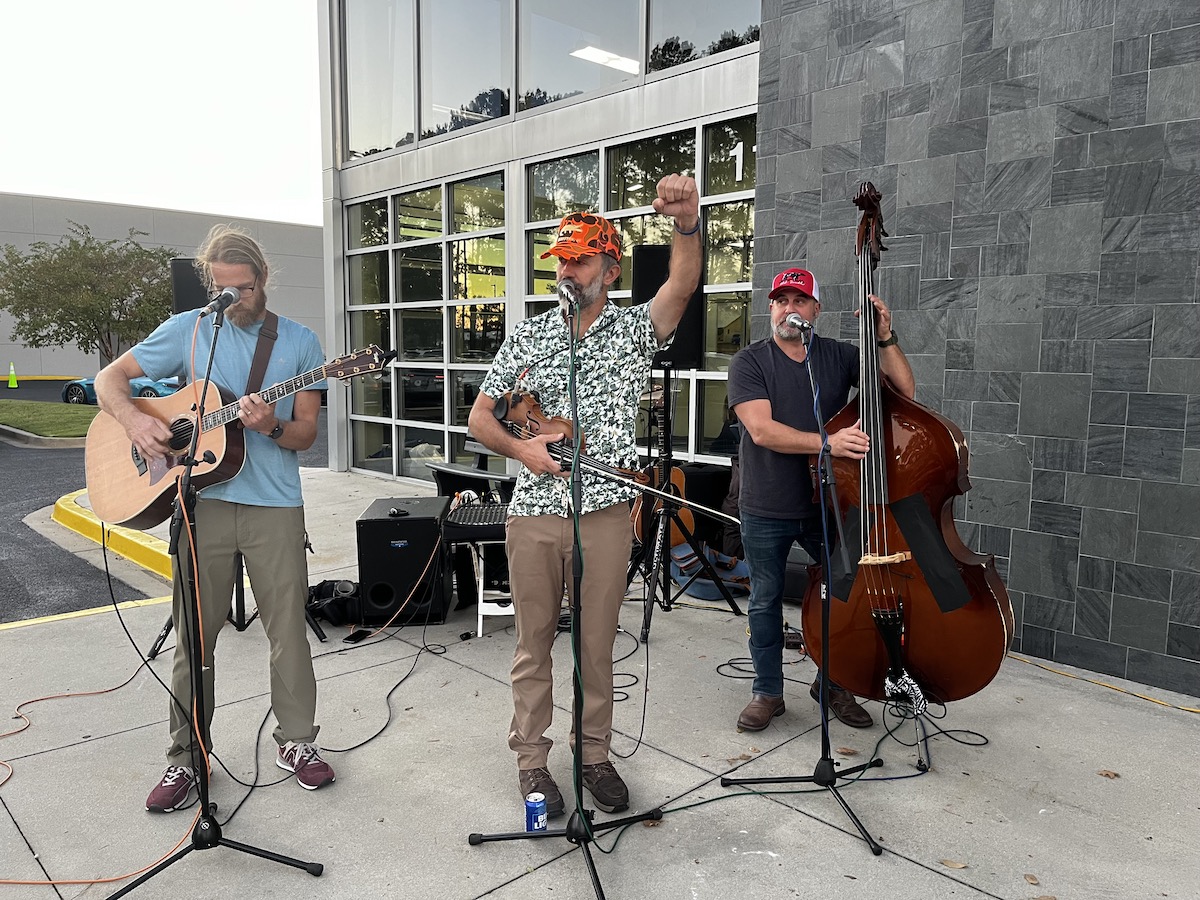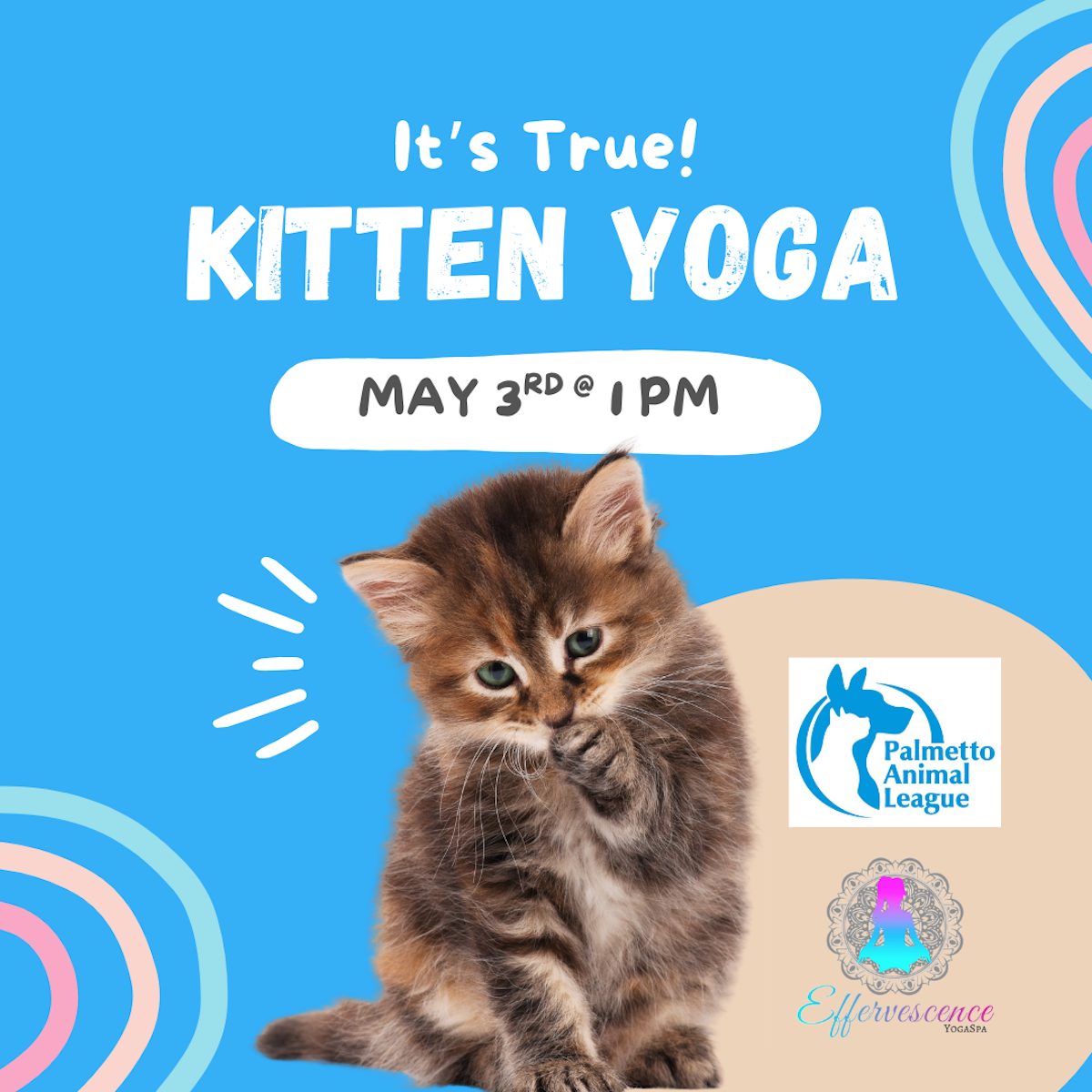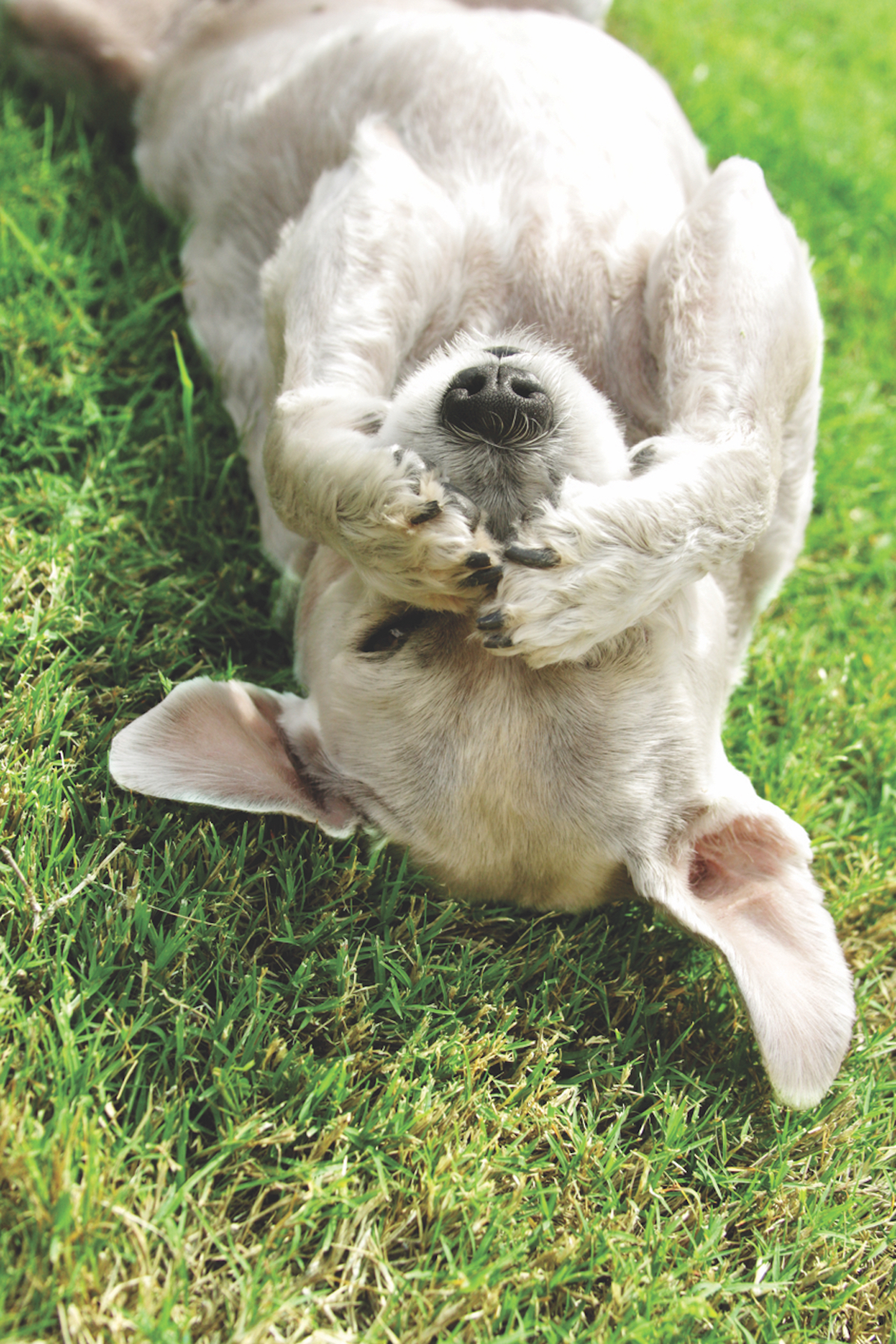By Tracie Korol
For many, the death of our dog will be the first time will have experienced the loss of a loved one, human or otherwise. Even for those who have lost a relative, spouse or close friend, facing the death of a beloved Best Friend can be a whole new experience, unleashing waves of emotion that may sweep us of our feet. I had not yet lost a loved one when my 17 year old cat, Oblio, (the pet who had been with me through all the significant moments of womanhood) edged closer to death as a result of congestive heart failure A neighbor naturally assumed my mother had died when she stopped to comfort me as I wept my way through Krogers. No, I wailed, it’s my cat.
If you have a senior or terminally ill dog, it’s a good idea to plan ahead for his passing to ensure a quality death for him, as free from pain and suffering as possible. Although no amount of preparation can make the pain go away, planning ahead for the loss of a pet can allow us to make better decisions when we find ourselves on an emotional roller coaster. Consider the following well in advance of saying goodbye to a Best Friend:
Do you wish for your dog to die an unassisted death at home? Can you provide the constant support and care he needs to be sure he does not suffer? Once you have received veterinary support to keep your pet pain-free until the end, dying at home involves setting up a quiet and comfortable place for the dog, and removing collars, braces, wraps from his body in advance. Respect your pet’s need to die in peace.
If your goal is for an unassisted death at home, what is your back-up plan if your dog is in distress? Know which vets are available at a moment’s notice, any time of day. It probably won’t be your vet. There are only a couple in the area that offer emergency house call services.
If you anticipate euthanasia will be necessary, where do you wish for it to happen? At home? At another special place? Explore options in advance. For some, an in-home euthanasia allows pet owners to more freely express emotions, pay tribute to the animal and feel more relaxed about spending time as they wish, before and after their pet passes.
Do you prefer that the euthanasia happen at your dog’s veterinary office? Are you comfortable with your vet and his/her staff? Do you understand the procedure? How does your dog feel about the vet and the clinic? If the clinic is a place of stress for your dog or if he is large, old and relatively immobile, you might want to think about an in-home euthanasia. Sherman, a large yeller dog I lived with for a while, was euthanized peacefully in my office because he was immobile and too large for me to transport him comfortably. If you prefer to take your dog to the vet clinic, consider whether you will need someone there for support — either to stay with you or to drive you safely to and from the office.
Do you want to be present for the euthanasia, whether at home or at the clinic? If so, understand that your dog may make vocalizations, involuntary movements, and lose bladder or bowel control. None of these are unusual nor indicative that your dog is suffering. I have found it healing for me and I recommend to clients that they, at least, see a pet’s body before burial or cremation. It is a first step in processing the loss and helps us understand that our dog is, indeed, gone.
Do you understand the euthanasia process your clinic will use? Do not hesitate to consult with your vet to learn about it. Create an opportunity to ask questions about the payment, aftercare arrangements and any other questions that come to mind. Find out if the clinic has a special room for euthanasia and if you are allowed to spend time with your Best Friend before and after the procedure. Ask if the vet performs euthanasia at the end of the day when the office might be quieter.
My vet in Vermont provided what she called a “transition room”. It had soft lighting, comfortable chairs, and a small water element providing a soft gurgling background noise. The transition room had a different energy — in a good way. After staff helped an animal transition, they lit a candle and encouraged the pet’s owner to spend as much time as needed.
Part Two: Burial, cremation and coping with the loss.






